Want a PortableSDR? Please take THIS SURVEY so I can make it happen!
Finals Video:
For previous project views, please see links to the left.
System Design Document / Block Diagram:
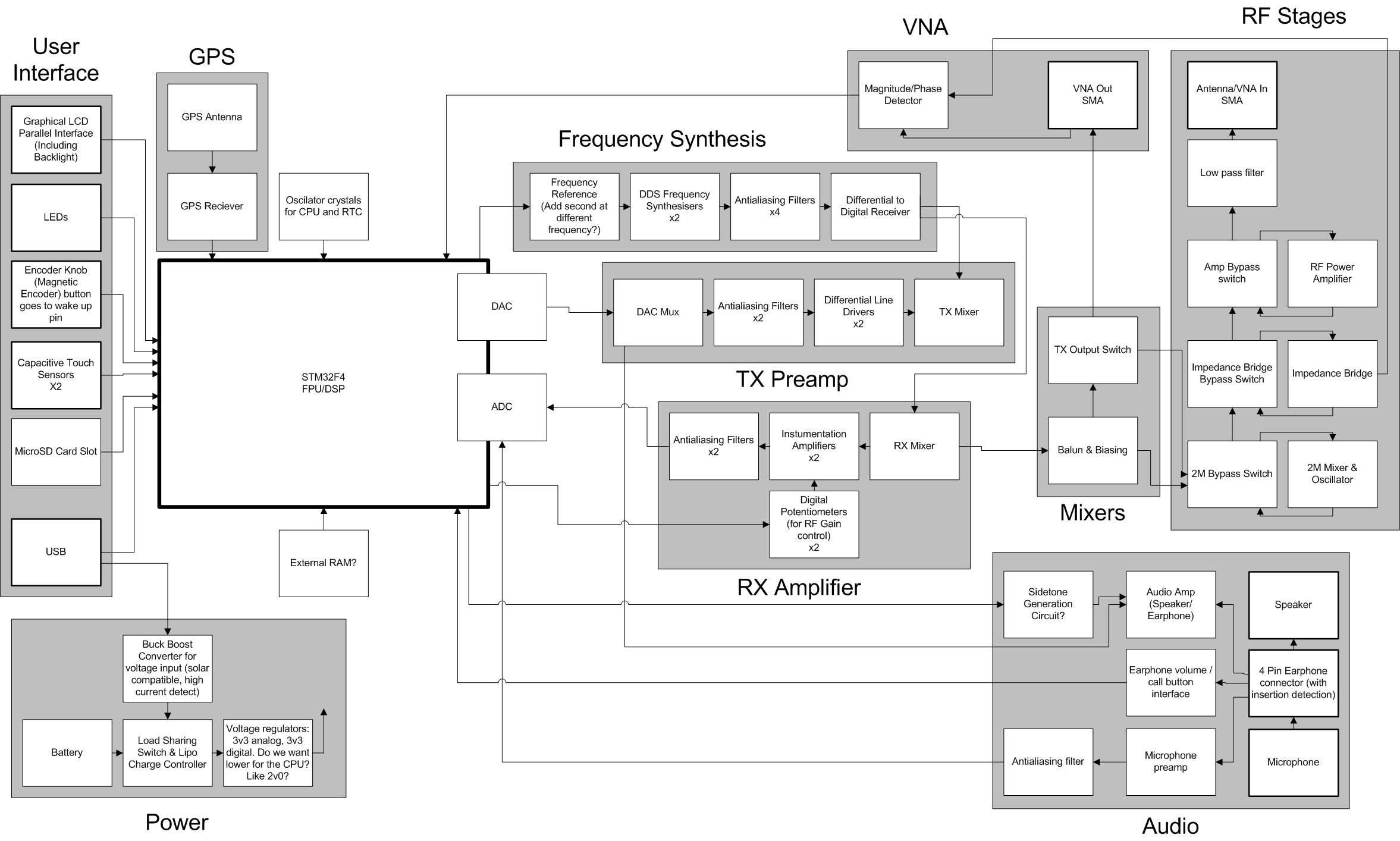
Click here for a PDF.
Source code and Design Files: All files (including the above diagram) are available on GitHub at https://github.com/MichaelRColton/PSDR
License Information: The project code is still very much in development. It currently uses the Adafruit GFX and ILI9340 libraries (both being adapted for this application) and is likely to use other libraries in the future. I will comply with any licenses for libraries I include, and plan to license the project itself under a permissive license (like MIT) or a copyleft license like GPL. I would very much appreciate suggests on this.
About the PSDR1: There were a lot of subcircuits that I had never tested for this project (and were hard to breadboard at the frequencies and sizes involved) so I built the PSDR1 board you see here to demonstrate all those parts. I left off the easy stuff (like a battery charger, the whole GPS sub system) and a few of the more advanced parts (like the RF switching, and phase and amplitude measurement IC) Also, while the LCD module was expedient, the next version will have it integrated directly.
 Michael R Colton
Michael R Colton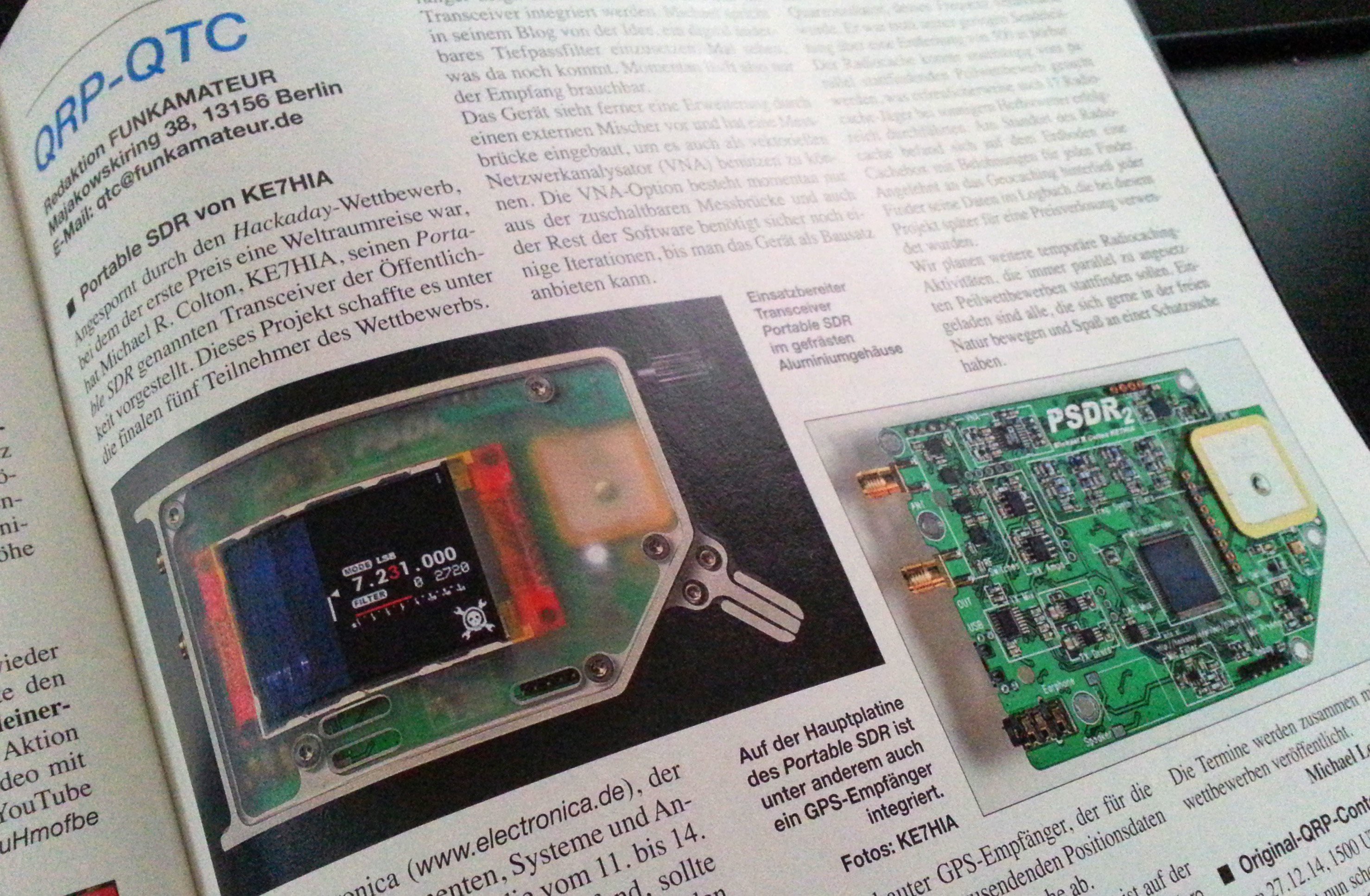
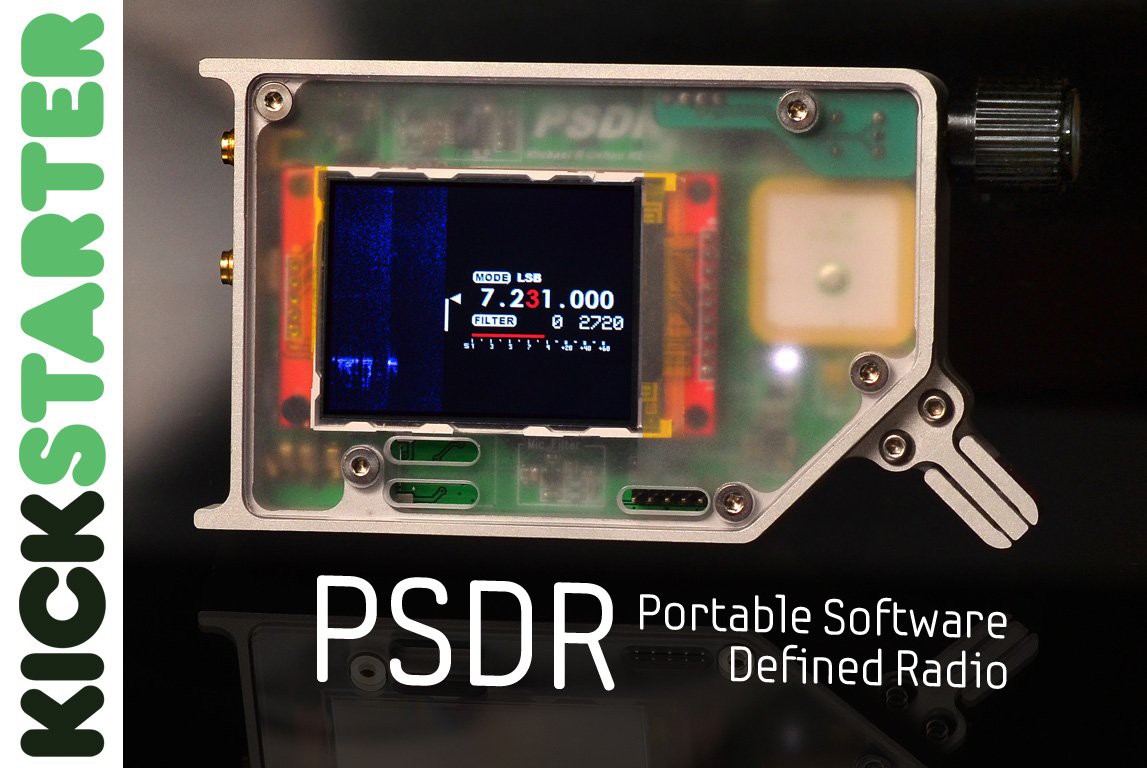

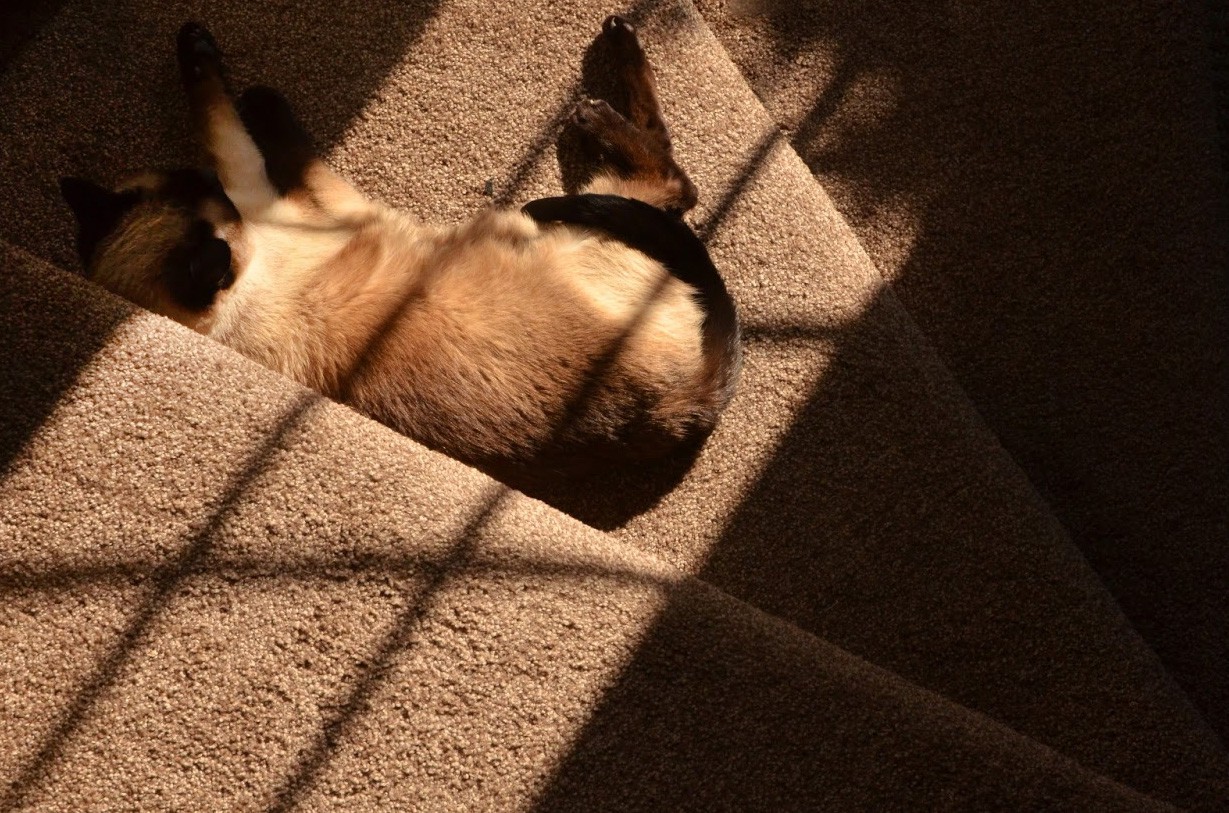
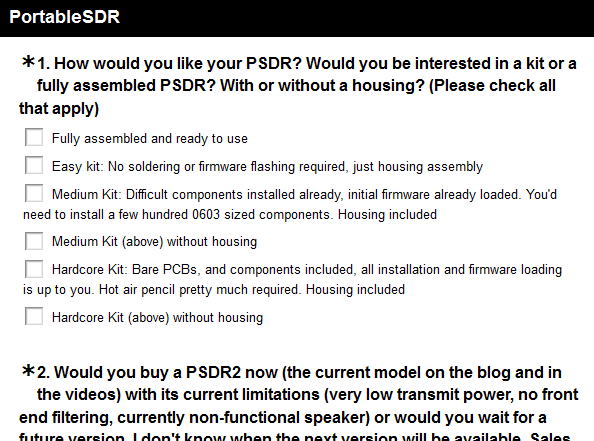


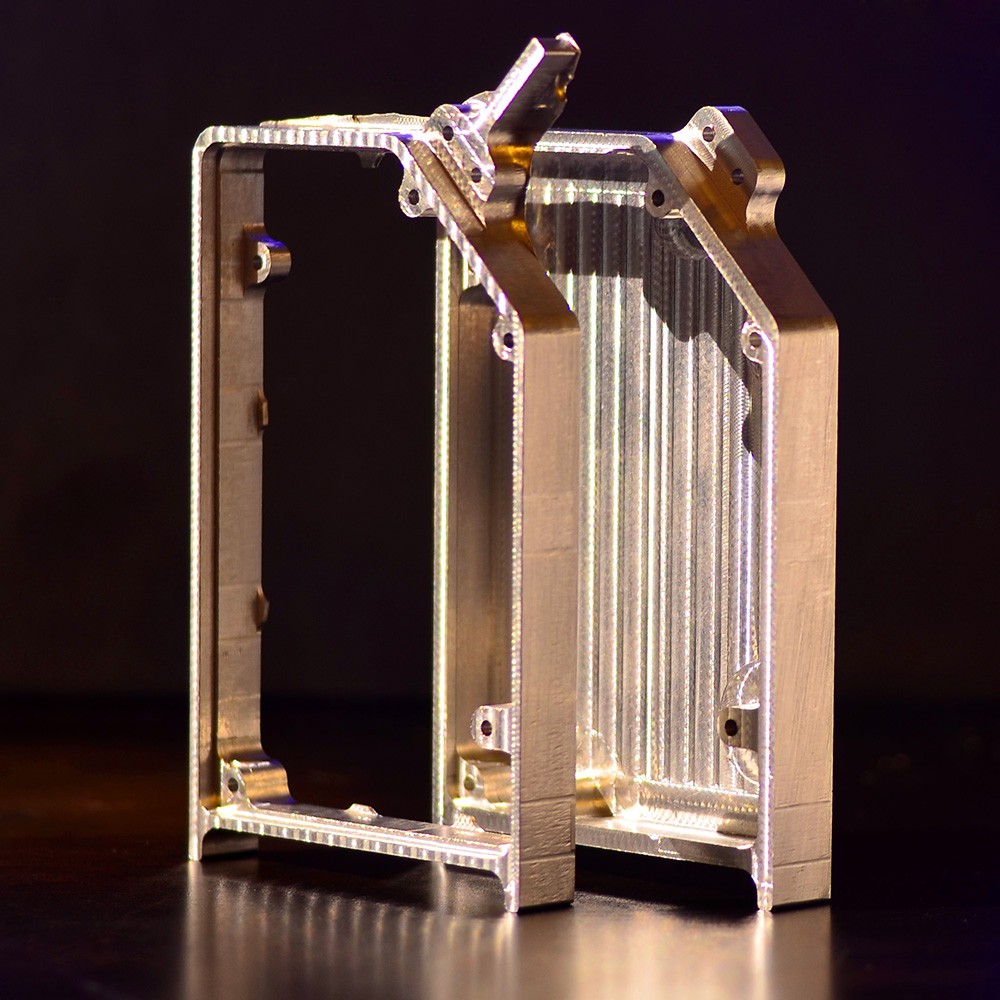
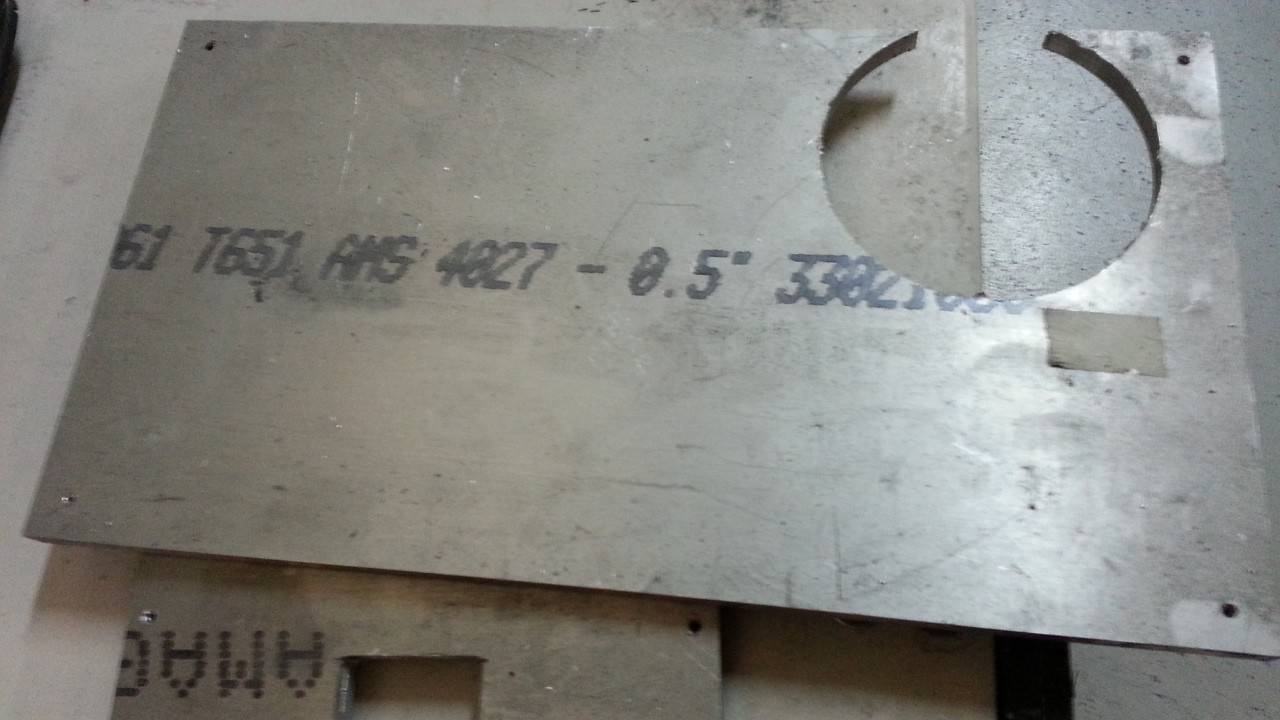
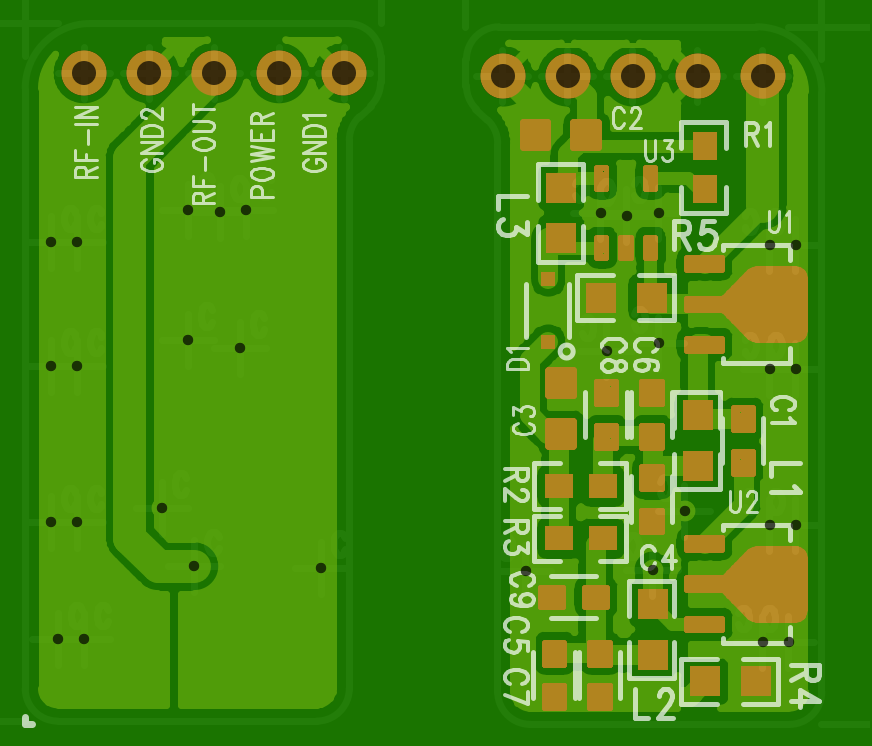









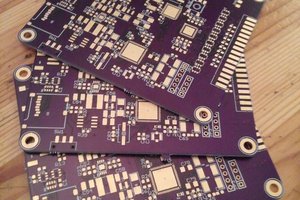

 Mangus Tiranus
Mangus Tiranus
 John Adams
John Adams
 Casual Cyborg
Casual Cyborg
I like your engineering too.
Might you tell me the development software you use for STM32, in case I want to try the recompilation of your source code ?
Congrats again,
Luca